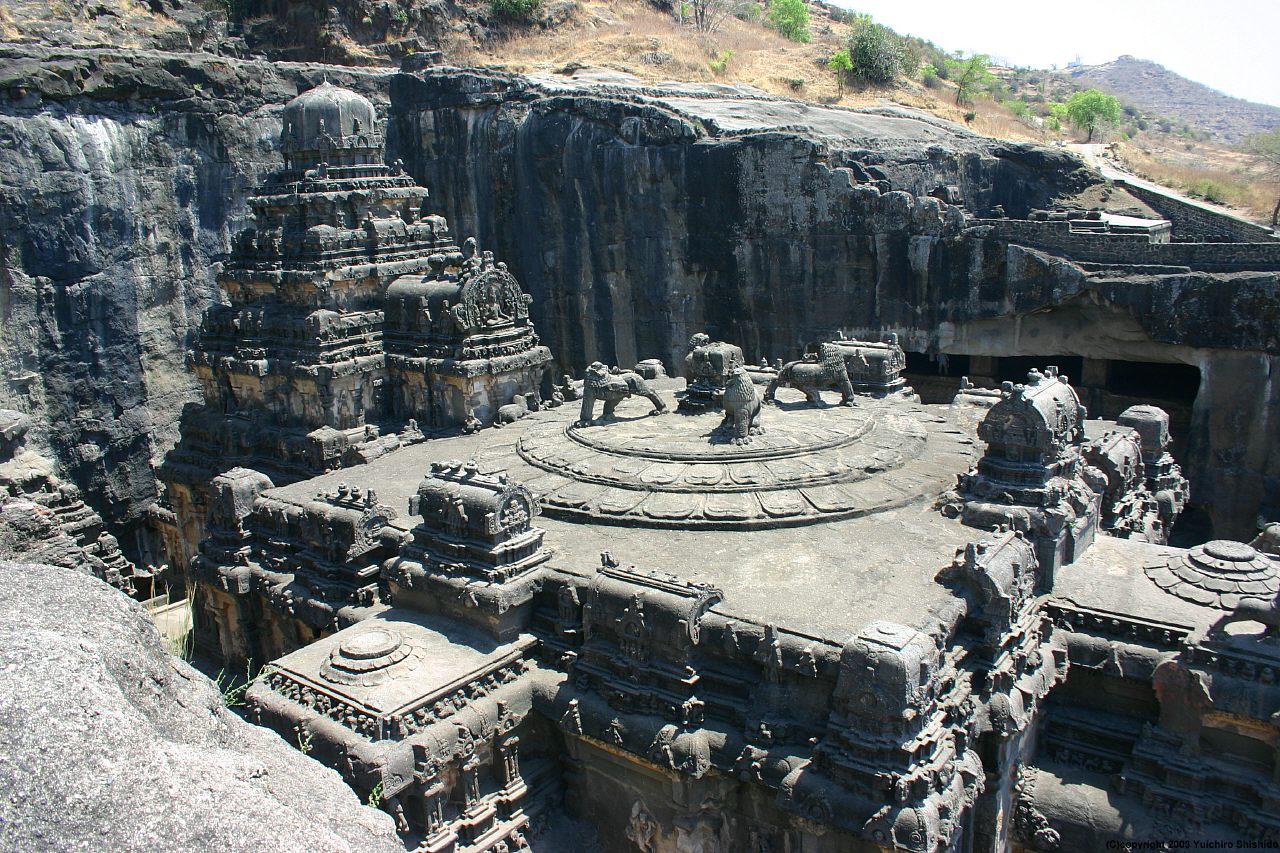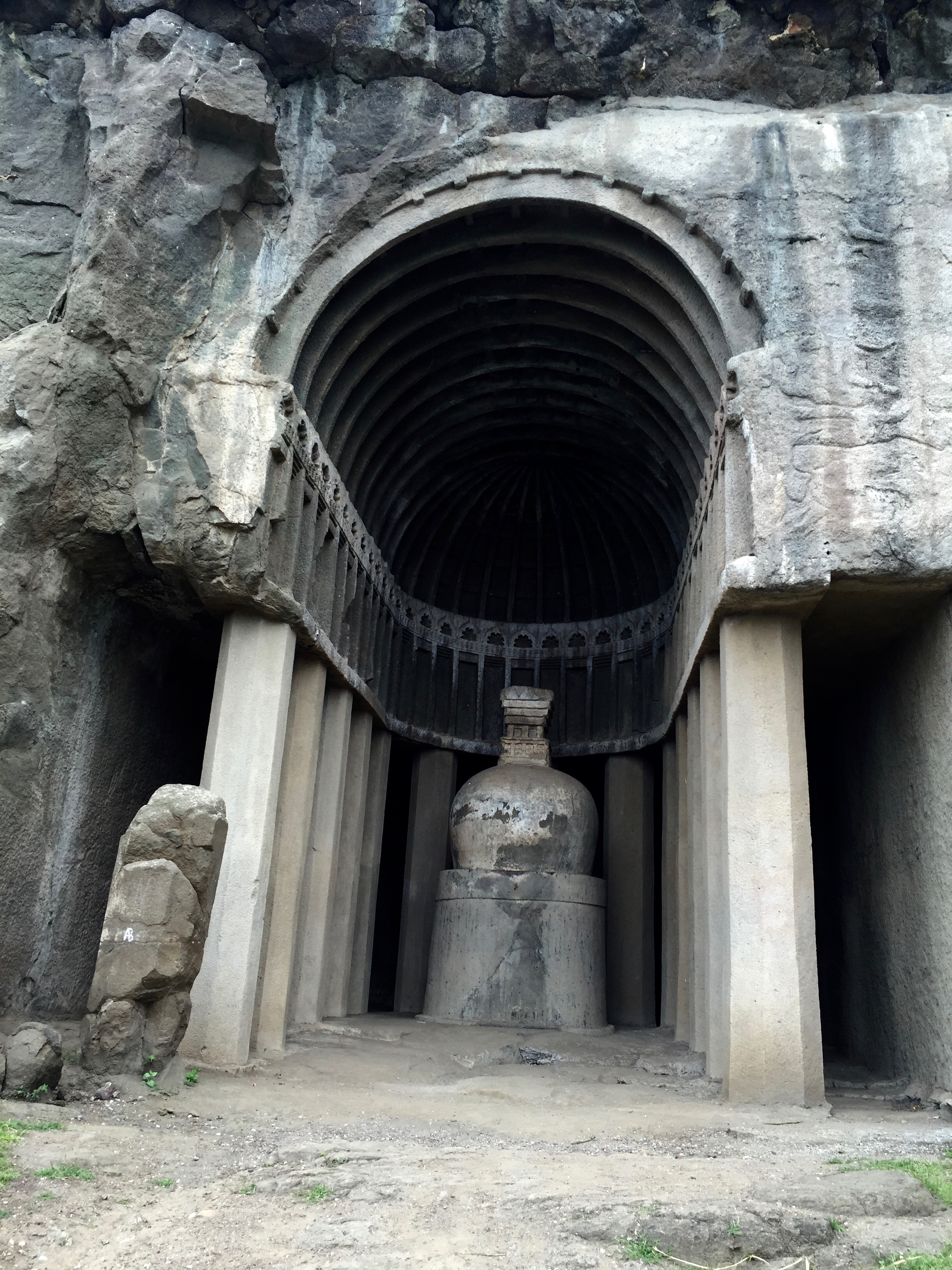|
Tourism In Marathwada
Tourism in Marathwada refers to tourism in Marathwada region of Maharashtra state of India. Aurangabad city is a regional headquarter of Marathwada and tourism capital of Maharashtra state. Out of 4 UNESCO World Heritage Sites in Maharashtra, 2 of them are in Marathwada. Also there are 110 monuments in Marathwada which are protected by Government of Maharashtra and recognized by Archaeological Survey of India. Marathwada is also important region for Religious tourism, out of 12 Jyotirlingas of Hindu God Shiva, 3 are in Marathwada. Hazur Sahib Nanded is the second holiest place in Sikhism after Harminder Sahib (Golden Temple) of Amritsir. There are also sufi shrines in Marathwada, most famous among them is Turabul Haq Dargah at Parbhani where thousands of people of all religion visits dargah annually. Pathri in Parbhani district is birthplace of Sai Baba of Shirdi and Sai Baba Birth Temple in Pathri is one of major religious tourism place in Marathwada. Caves *Pitalkhor ... [...More Info...] [...Related Items...] OR: [Wikipedia] [Google] [Baidu] |
Ellora Cave16 001
Ellora is a UNESCO World Heritage Site located in the Aurangabad district, Maharashtra, Aurangabad district of Maharashtra, India. It is one of the largest rock-cut Hindu temple cave complexes in the world, with artwork dating from the period 600–1000 CE., Quote: "These 34 monasteries and temples, extending over more than 2 km, were dug side by side in the wall of a high basalt cliff, not far from Aurangabad, in Maharashtra. Ellora, with its uninterrupted sequence of monuments dating from A.D. 600 to 1000, brings the civilization of ancient India to life. Not only is the Ellora complex a unique artistic creation and a technological exploit but, with its sanctuaries devoted to Hinduism, it illustrates the spirit of tolerance that was characteristic of ancient India." Cave 16 features the largest single monolithic rock excavation in the world, the Kailasa temple, Ellora, Kailash temple, a chariot-shaped monument dedicated to the god Shiva. The Kailash temple excavation also featur ... [...More Info...] [...Related Items...] OR: [Wikipedia] [Google] [Baidu] |
Parbhani
Parbhani (, IPA ) is a city in Maharashtra state of India. It is the administrative headquarters of Parbhani District. Parbhani is one of the largest cities in Marathwada region. Parbhani is around away from regional headquarters of Aurangabad while it is away from the state capital Mumbai. Along with the entire Marathwada region, Parbhani was a part of the erstwhile Nizam State; later a part of Hyderabad State; after reorganization of states in 1956 it became a part of the then-Bombay state; since 1960, it has been part of the present Maharashtra state. Parbhani is home to Vasantrao Naik Marathwada Agricultural University, which is one of only four agriculture universities in Maharashtra. Moreover, Parbhani also has an annual festival at Turabul Haq Dargah, which attracts lakhs of tourists each year. Parbhani is named after Goddess Prabhavati. Etymology, and history In ancient times, Parbhani was known as "''Prabhavati nagari''" ( mr, प्रभावतीनगर� ... [...More Info...] [...Related Items...] OR: [Wikipedia] [Google] [Baidu] |
Kharosa Caves
Kharosa is a village situated at about 45 km from Latur City in Latur district, Maharashtra, India. It is renowned for its caves, built around the 6th century. Other attractions include the beautiful sculptures of Narasimha, Shiv Parvati, Kartikeya and Ravana. There are about 12 caves, of which one has a painted statue of seated Gautama Buddha. There are about a couple of dozen carved panels depicting mythological stories. In couple of caves, there are Shiv Lingas, a symbolic abstract representation of the Hindu deity Lord Shiva. Nearby villages are Ramegaon, Shivani and the village of Kharosa. The upper side of the hill you will find Temple of Renuka Devi and a Mosque side by side, showing the unity of Hindus and Muslims in the area. Everyone who come to visit the temple also visit the Mosque. On the top side of the hill you will find source of water which is called as Seeta Nhani ( Seeta's Bathroom) as they believe that Rama, Lakshmana and Seeta had once lived there. ... [...More Info...] [...Related Items...] OR: [Wikipedia] [Google] [Baidu] |
Jogeshwari Caves
The Jogeshwari Caves are some of the earliest Hinduism cave temples sculptures located in the Mumbai suburb of Jogeshwari, India. The caves date back to 520 to 550 CE. These caves belongs to the Hindu deity Jogeshwari. According to historian and scholar Walter Spink, Jogeshwari is the earliest major cave temple in India and (in terms of total length) "the largest". The caves are located off the Western Express Highway, and are surrounded by encroachments. The caves are accessed through a long flight of stairs into the main hall of this cavernous space. It has many pillars and a Lingam at the end. Idols of Dattatreya, Hanuman, and Ganesh line the walls. There are also relics of two doormen. The cave also has a murti and footprints of goddess Jogeshwari (Yogeshwari), whom the area is named after. The goddess is considered a Kuladevi A kuladevatā (), also known as a kuladaivaṃ, is an ancestral tutelary deity in Hinduism and Jainism. Such a deity is often the object o ... [...More Info...] [...Related Items...] OR: [Wikipedia] [Google] [Baidu] |
Ghatotkacha Cave
The Ghatotkach Caves are located 18 km to the west of Ajantha, near Jinjala village, India. The caves include three Buddhist caves, one is a chaitya and two are viharas. The caves were excavated in the 6th century AD, and were influenced by Mahayana Buddhism. The caves have an inscription by Varahadeva, a minister of the Vakataka dynasty under King Harishena (r. c. 475 – c. 500 CE). Varahadeva is also known for a decatory inscription in Cave 16 at Ajanta caves in which he affirms his devotion to the Buddhist faith: "regarding the sacred law as his only companion, (he was) extremely devoted to the Buddha, the teacher of the world". The inscription at Ghatotkacha Cave is about the Buddha, the Dhamma and the Sangha. At the same time, Varahadeva proudly affirms his Hindu heritage.The inscription gives a long genealogy of the donor's family. It includes mention of a person named Soma, who had Kshatriya as well as Brahmana wives. The Maharashtra Tourism Development Co ... [...More Info...] [...Related Items...] OR: [Wikipedia] [Google] [Baidu] |
Aurangabad Caves
The Aurangabad caves are twelve rock-cut Buddhist shrines located on a hill running roughly east to west, close to the city of Aurangabad, Maharashtra. The first reference to the Aurangabad Caves is in the great chaitya of Kanheri Caves. The Aurangabad Caves were dug out of comparatively soft basalt rock during the 6th and 7th century. The caves are divided into three separate groups depending on their location: these are usually called the "Western Group", with Caves I to V (1 to 5), the "Eastern Group", with Caves VI to IX (6 to 9), and a "Northern Cluster", with the unfinished Caves X to XII (9 to 12). The carvings at the Aurangabad Caves are notable for including Hinayana style stupa, Mahayana art work and Vajrayana goddess. These caves are among those in India that show 1st millennium CE Buddhist artwork with goddesses such as Durga, and gods such as Ganesha, although Buddhist caves in other parts of India with these arts are older. Numerous Buddhist deities of the Tantra ... [...More Info...] [...Related Items...] OR: [Wikipedia] [Google] [Baidu] |
Ellora Caves
Ellora is a UNESCO World Heritage Site located in the Aurangabad district of Maharashtra, India. It is one of the largest rock-cut Hindu temple cave complexes in the world, with artwork dating from the period 600–1000 CE., Quote: "These 34 monasteries and temples, extending over more than 2 km, were dug side by side in the wall of a high basalt cliff, not far from Aurangabad, in Maharashtra. Ellora, with its uninterrupted sequence of monuments dating from A.D. 600 to 1000, brings the civilization of ancient India to life. Not only is the Ellora complex a unique artistic creation and a technological exploit but, with its sanctuaries devoted to Hinduism, it illustrates the spirit of tolerance that was characteristic of ancient India." Cave 16 features the largest single monolithic rock excavation in the world, the Kailash temple, a chariot-shaped monument dedicated to the god Shiva. The Kailash temple excavation also features sculptures depicting various Hindu deities as well a ... [...More Info...] [...Related Items...] OR: [Wikipedia] [Google] [Baidu] |
Ajanta Caves
The Ajanta Caves are approximately thirty rock-cut Buddhist cave monuments dating from the second century BCE to about 480 CE in the Aurangabad district of Maharashtra state in India. The caves include paintings and rock-cut sculptures described as among the finest surviving examples of ancient Indian art, particularly expressive paintings that present emotions through gesture, pose and form. They are universally regarded as masterpieces of Buddhist religious art. The caves were built in two phases, the first starting around the second century BCE and the second occurring from 400 to 650 CE, according to older accounts, or in a brief period of 460–480 CE according to later scholarship. The site is a protected monument in the care of the Archaeological Survey of India, and since 1983, the Ajanta Caves have been a UNESCO World Heritage Site. The Ajanta Caves constitute ancient monasteries (Chaityas) and worship-halls (Viharas) of different Buddhist traditions carved int ... [...More Info...] [...Related Items...] OR: [Wikipedia] [Google] [Baidu] |
Sai Baba Birth Temple
Sri Sai Janmasthan Temple (Sai Baba Birth Temple) is a temple in Pathri city of Parbhani district of Maharashtra, India. It has been claimed that Pathri is the real birthplace of Sai Baba, which has been subject to controversy. History In 1970s, a field research claimed that Shri Sai Baba was born in Pathri village. ''Sri Sai Smarak Samiti'' (Sai Memorial committee) was then formed in Pathri. A committee purchased land for temple on site of Sai Baba's house and construction of the temple was started in 1994. In 1999 the temple was inaugurated to the public. See also * Sai Baba of Shirdi Sai Baba of Shirdi (c. 1838? - died 15 October 1918), also known as Shirdi Sai Baba, was an Indian spiritual master and fakir, considered to be a saint, revered by both Hindu and Muslim devotees during and after his lifetime. According to a ... References Tourist attractions in Parbhani district Hindu temples in Maharashtra Sai Baba of Shirdi {{Dharmic-reli-stub ... [...More Info...] [...Related Items...] OR: [Wikipedia] [Google] [Baidu] |
Sai Baba Of Shirdi
Sai Baba of Shirdi (c. 1838? - died 15 October 1918), also known as Shirdi Sai Baba, was an Indian spiritual master and fakir, considered to be a saint, revered by both Hindu and Muslim devotees during and after his lifetime. According to accounts from his life, Sai Baba preached the importance of "realization of the self" and criticized "love towards perishable things". His teachings concentrate on a moral code of love, forgiveness, helping others, charity, contentment, inner peace, and devotion to God and Guru. He stressed the importance of surrender to the true ''Satguru'', who, having trodden the path to divine consciousness, can lead the disciple through the jungle of spiritual growth.Sri Sai Satcharitra Sai Baba condemned discrimination based on religion or caste. Whether he was a Muslim or a Hindu remains unclear, but the distinction was of no consequence to the man himself. His teachings combined elements of Hinduism and Islam: he gave the Hindu name ''Dwarakamayi'' ... [...More Info...] [...Related Items...] OR: [Wikipedia] [Google] [Baidu] |




.jpg)
.jpg)
